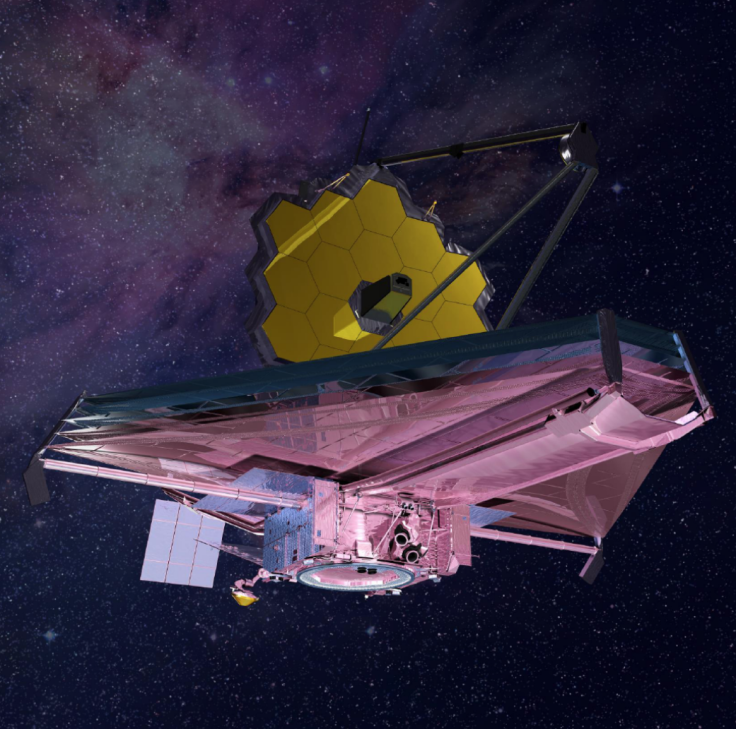How The Most Powerful Space Telescope Could Help Scientists Detect Alien Life
KEY POINTS
- NASA's James Webb Space Telescope could unravel key mysteries about space
- It could look for synthetic chemical compounds in an exoplanet's atmosphere, according to a study
- Traces of industrial pollutants could help find evidence of alien life, says the study
The James Webb Space Telescope, also known as simply Webb, is the largest and most powerful space telescope ever built, and it could help scientists detects signs of alien life by looking for traces of industrial pollutants in the atmospheres of exoplanets.
Webb does not only allow experts to keep an eye on space in a way they never did in the past but also pick up traces of air pollution in the atmospheres of exoplanets through which they can detect an alien civilization much like ours, according to a recent study.
If aliens or observers from a distant civilization took a look at the Earth, they would see traces of chemicals that we put out into the atmosphere in large amounts. The innumerable industries and households on our planet pump massive amounts of waste heat and produce chemicals that fill the atmosphere with compounds that are only present because of the bustling human activity, ScienceAlert noted. Hence, the damage done to our biosphere could ironically help aliens spot us.
The recent study examined the possibility of scientists observing alien life in the same way. They can look for synthetic chemical compounds — specifically chlorofluorocarbons (CFCs) — that can only be generated by another civilization that is similar to ours, according to Interesting Engineering. All it takes for this is a powerful telescope, and this is where Webb comes in.
The telescope gives scientists an up-close-and-personal view in space and at the same time allows them to study interstellar objects, trillions and trillions of which are said to be in the galaxy, NASA explained. Therefore, Webb opens up endless possibilities for new discoveries.
"The supreme sensitivity and power of Webb now present us with an unprecedented opportunity to investigate the chemical composition of these interstellar objects and find out so much more about their nature: where they come from, how they were made, and what they can tell us about the conditions present in their home systems," Martin Cordiner, principal investigator of a Webb Target of Opportunity program to study the composition of an interstellar object, said, as per SciTech Daily.
"The ability to study one of these and find out its composition — to really see material from around another planetary system close up — is truly an amazing thing," he added.
NASA also said the team is not even sure yet of what they might find with Webb's help.
"With Webb, we can do really interesting science at much fainter magnitudes or brightnesses," Cristina Thomas, an assistant professor of astronomy at Northern Arizona University, said, according to the outlet. "Also, we've never been able to observe interstellar objects in this region of the infrared. It opens a lot of opportunities for the different compositional signatures that we're interested in. That's going to be a huge boon for us!"

© Copyright IBTimes 2024. All rights reserved.






















